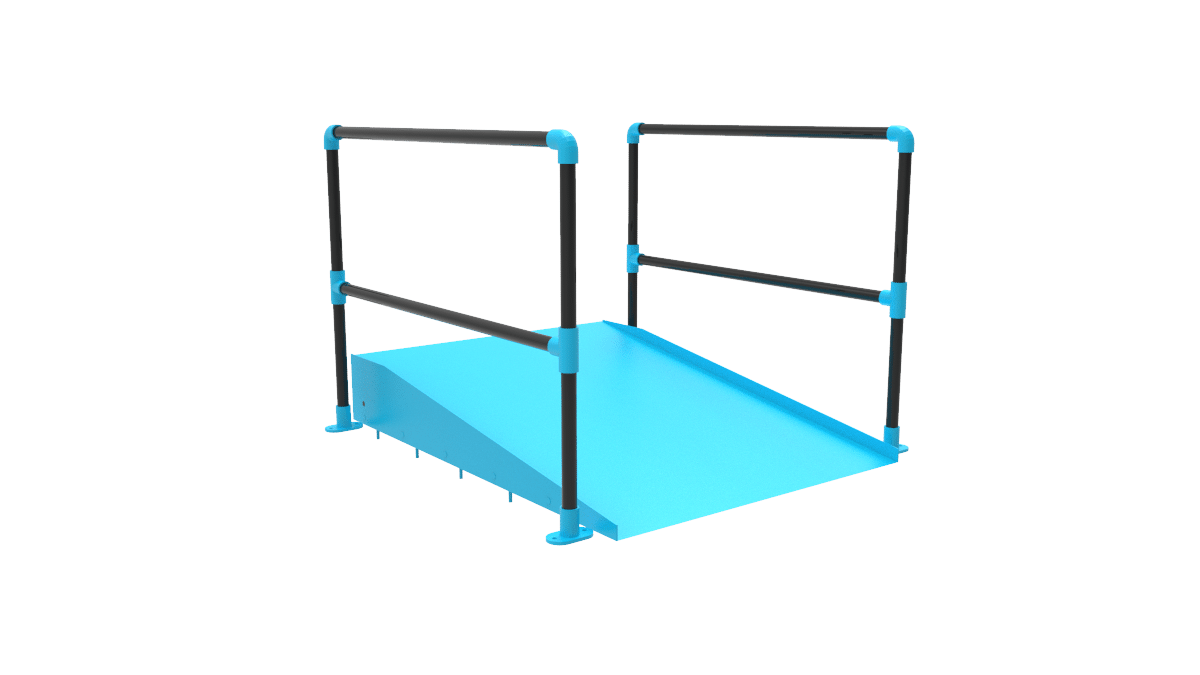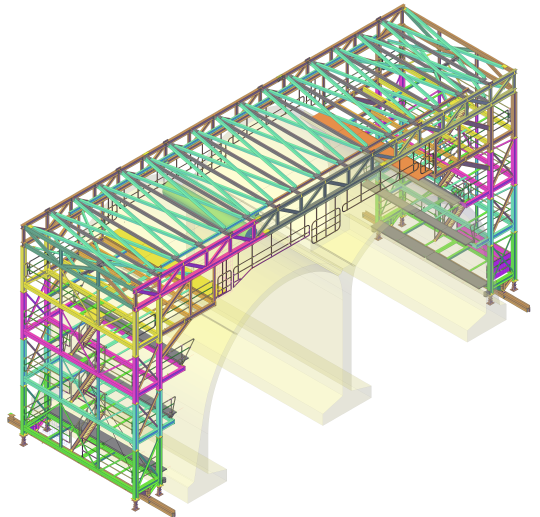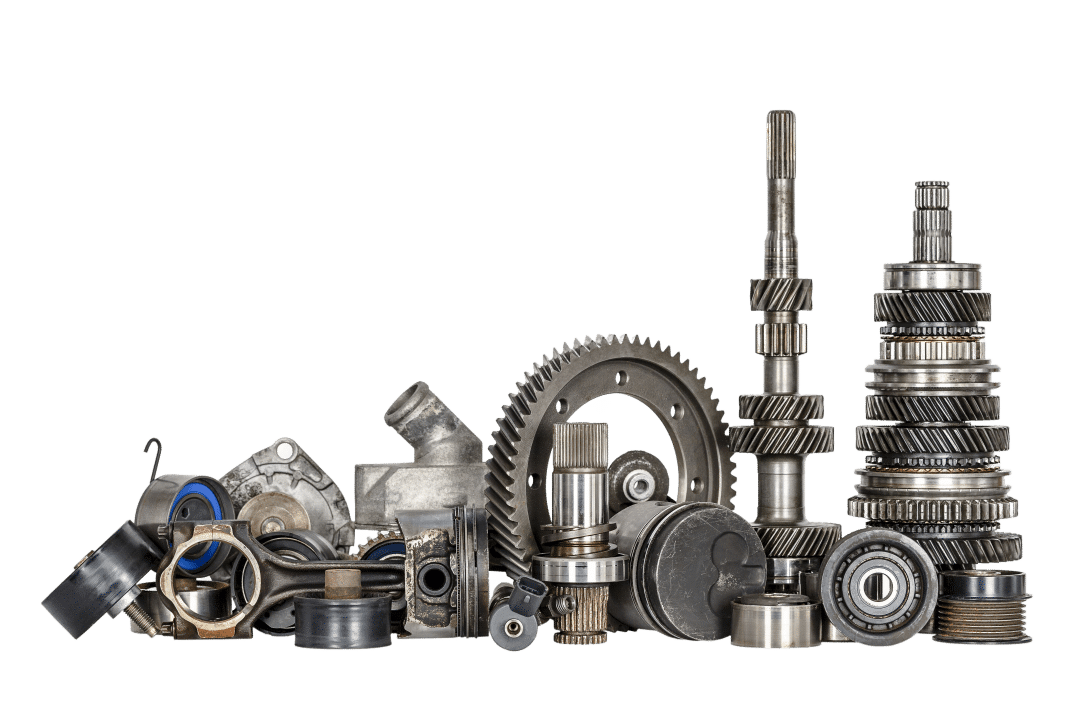When designing the steel detailing for glass balustrade drawings, there are certain important considerations that must be taken into account to ensure the final product is fit for purpose and compliant with building regulations. Whether you choose to hire Restoric Design or not, we’d like to give you these important tips to use as a checklist for the balustrade drawings you commission for any project.
1. Conformity to BS6180:2011 and structural calculations
One requirement for balustrades dictated by national building regulations is that they must adhere to a specific standard called BS6180:2011. It is a code of practice for barriers in and out of buildings. This standard details various building uses for balustrades alongside the relevant loading pressures they require. Building control will need to see evidence of compliance to BS6180:2011, which can be in the form of load tests, structural calculations or any other proof that a balustrade meets the necessary requirements. Your steel detailer should confirm the drawings’ compliance to this standard.
2. Other building regulations
Balustrades and other guarding solutions form a structural part of any building, and they are therefore subject to all applicable building regulations. It could literally be a matter of life and death, and conformity to building standards is what makes the difference. If you obtain drawings that lead you to implement balustrades that fail to pass the required standards, your build may not be signed off for completion and you could experience very costly delays to your project.
3. Wind load assessment
An accurate assessment of wind loads actually forms part of BS6180:2011, with some wind loads exceeding regular balustrade loads, making them the most important design consideration. This is particularly important for taller balustrades like privacy screens, and for balustrades installed higher up or in exposed locations. Whoever you hire to handle the balustrade drawings, it is imperative that they demonstrate their consideration of wind loads, and in cases where they are of paramount importance the balustrade design should be done to the correct wind loads.
4. Manufacturers
Once the drawings are approved, the balustrade has to be manufactured. It’s important you know who your manufacturer is, and where the product is made. Look out for guarantees, and assess their length to get maximum protection. Always ensure your supplier can provide their guarantees for products and materials in writing.
5. Suitable materials
A balustrade design is only as good as the materials used, and all materials and finishes should be suited to the environment of the installation. For example, projects in a marine area should utilise a grade of steel that is appropriate for that location. Not all stainless steel materials are certified for marine environments, and sometimes stainless steel should be avoided completely. Low-maintenance materials like anodised aluminium and self-cleaning glass could minimise maintenance requirements. Case studies of materials are a good indicator of suitability.
6. Design responsibility
The steel detailer you work with should have professional indemnity insurance to cover their designs. Professional companies will always have this insurance, and custom designs should be covered in every case. Be sure to check with your contractor that their work is covered by PI insurance.
We hope that this short checklist will be of use to you in finding the right partner to produce the balustrade drawings for your project. Just so you know, every project with Restoric Design will tick every box of the checklist above, so you will have peace of mind that you can proceed with your project without any problems relating to the balustrade drawings. Get in touch today to discuss your requirements and we’ll see what we can do.



